Idrw Team
SOURCE: IDRW.ORG TEAM

India’s defense sector is gearing up for a significant transformation as it seeks to boost private sector participation in research and development (R&D). The Ministry of Defence is exploring new avenues to fund private sector-led R&D initiatives through an Advanced Defence Acquired Research (ADAR) scheme. This initiative aims to facilitate disruptive research projects, with funding support for projects up to ?500 crore, led by the private industry. The government agencies, including the Defence Research and Development Organisation (DRDO), will provide technical expertise to ensure the success of these endeavors.
Private sector participation in the defense industry has long been a focus area for the Indian government. In recent years, significant policy reforms, such as the “Make in India” initiative and the “Strategic Partnership” model, have sought to enhance indigenous defense production. However, to further strengthen India’s defense capabilities and reduce reliance on imports, fostering private sector-led R&D is crucial.
Continue readingSOURCE: IDRW.ORG TEAM
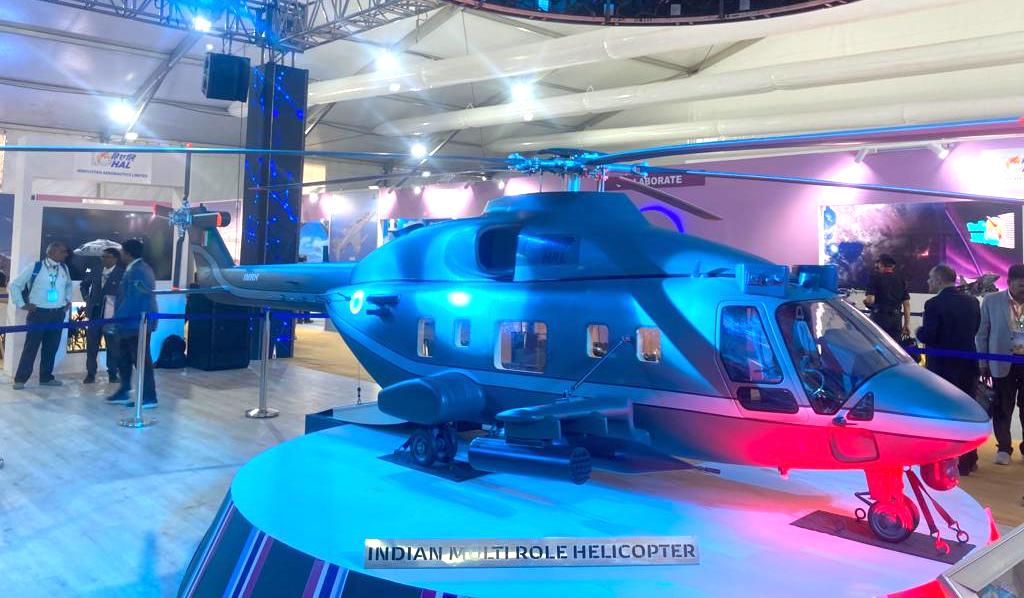
Hindustan Aeronautics Limited (HAL) is on the lookout for a qualified engineering service provider to collaborate on the structural design and analysis of the Indian Multi-Role Helicopter (IMRH) airframe. This initiative underscores HAL’s commitment to enhancing the indigenous capabilities of India’s defense manufacturing industry.
The selected engineering service provider, acting as the design partner, will undertake the critical task of defining the structural design of the IMRH airframe, starting from the Preliminary Design Phase. This includes the design of both metallic and composite components. The scope of work encompasses various aspects, such as detailed sizing, creating detailed finite element models (DFEM), producing stress analysis reports, generating manufacturable 3D part definitions, incorporating model-based dimensioning in CAD models, developing system models, mapping requirements to CAD geometry, establishing trace links for verification and validation, and creating part and assembly drawings, all while adhering to budgeted weight constraints.
Continue readingSOURCE: IDRW.ORG TEAM
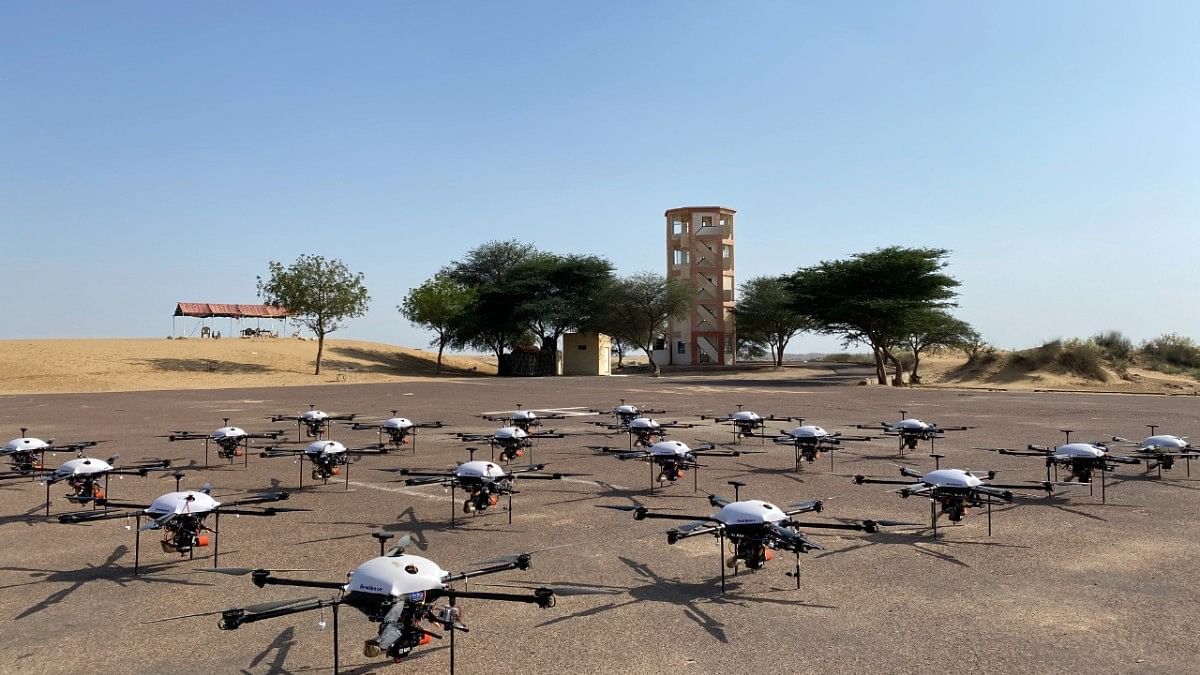
The Indian Armed Forces are rapidly evolving and embracing cutting-edge technology to bolster their capabilities. In the last two years, orders exceeding 1,000 crores have been placed for the procurement of Swarm and Loitering Ammunitions from Indian private sector companies. These advanced systems are gaining prominence, especially in the wake of the Russia-Ukraine war, as India seeks to learn and adapt from global conflict scenarios.
Swarm and Loitering Ammunition, characterized by their ability to coordinate and adapt during missions, are emerging as a game-changing arsenal in modern warfare. The Indian Armed Forces recognize their potential and are actively investing in this technology to enhance their operational readiness.
Continue readingSOURCE: IDRW.ORG TEAM

Dehradun-based India Optel Limited, a prominent Defense Public Sector Unit (PSU), has marked a significant milestone by initiating its maiden export consignment of the Missile Sight 9SH-119 M1 to SCIENCOM FZE in Sharjah, United Arab Emirates. The exported missile sight system is a critical component designed for the BMP-2 amphibious infantry fighting vehicle, which originated from the Soviet Union. This development underscores India’s growing presence in the global defense market and showcases the versatility of its indigenous defense capabilities.
The Missile Sight 9SH-119 M1 is an advanced optical targeting system specifically developed for the BMP-2 amphibious infantry fighting vehicle. These vehicles have been a mainstay in various armed forces around the world, with the Indian Army alone operating more than 2400 BMP-2K “Sarath” units. These Indian-manufactured BMP-2K vehicles were produced under license from the former Ordnance Factory Board (OFB) to cater to the specific requirements of the Indian Army.
Continue readingSOURCE: IDRW.ORG TEAM
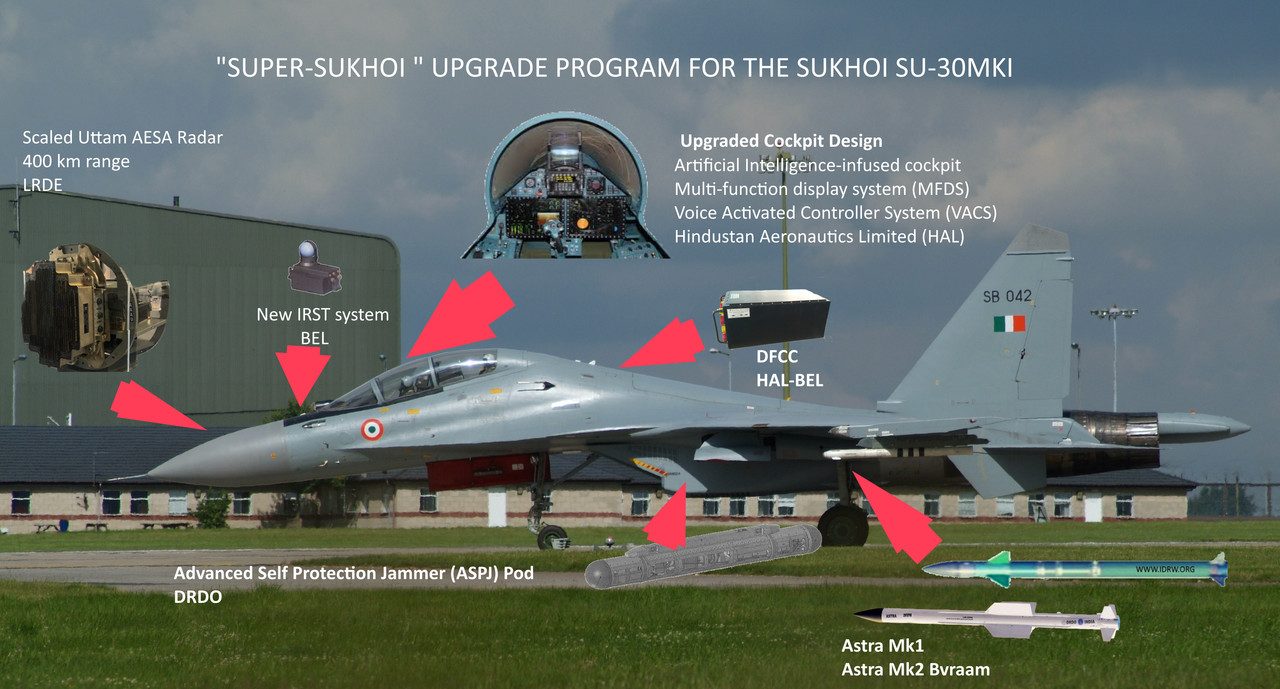
Hindustan Aeronautics Limited (HAL) is at the forefront of upgrading India’s Su-30MKI fleet with the “Super-30” upgrade configuration. In a recent development, HAL’s Chairman and Managing Director, CB Ananthakrishnan, has confirmed that discussions with the Indian Air Force (IAF) regarding the upgrade are nearing finalization. The “Super-30” upgrade holds the promise of transforming the Su-30MKI aircraft with an array of advanced systems and equipment, many of which will be sourced locally. HAL’s self-reliant approach and confidence in executing this program without Russian Original Equipment Manufacturers (OEMs) are paving the way for a significant advancement in India’s defense capabilities.
Key Elements of the “Super-30” Upgrade: The “Super-30” upgrade program for India’s Su-30MKI fleet entails a comprehensive overhaul that encompasses various vital systems and equipment. Key highlights of the upgrade include:
Continue readingSOURCE: IDRW.ORG TEAM

The Indian Army is poised to receive the first batch of six AH-64E Apache Attack Helicopters, marking a significant enhancement in its aerial capabilities. These helicopters, ordered in 2020, have been eagerly awaited, and the Army is already looking to bolster its fleet with an additional order for 11 more AH-64E Apache Attack Helicopters from Boeing that might be contract in early 2024.
Boeing, a prominent U.S.-based aerospace and defense company, had previously delivered 22 Apache E-model helicopters to the Indian Air Force in 2020. Subsequently, a contract was signed to produce six AH-64Es specifically for the Indian Army. This contract is valued at approximately $930 million and includes advanced features and armaments.
Continue readingSOURCE: IDRW.ORG TEAM
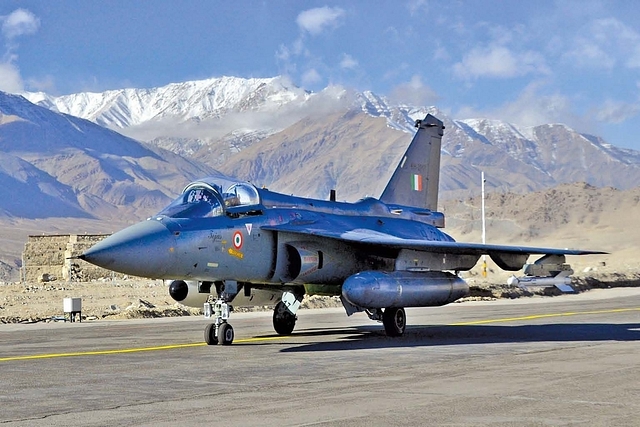
In a recent interview with Hindustan Times, HAL Chief CB Ananthakrishnan provided updates on the certification process and production status of the Tejas Mk-1A, showcasing the significant progress achieved by Hindustan Aeronautics Limited (HAL) in India’s indigenous fighter aircraft program. As HAL gears up to deliver the advanced Tejas Mk-1A jets to the Indian Air Force (IAF), the certification process is nearing completion, and production is in full swing, ensuring a timely delivery of the sophisticated aircraft to bolster India’s defense capabilities.
Ananthakrishnan affirmed that the Centre for Military Airworthiness and Certification is actively engaged in the certification process of the Tejas Mk-1A’s new systems. With the majority of systems already certified, only a few more remain in the pipeline, expected to be approved within the next two to three months.
Continue readingSOURCE: IDRW.ORG TEAM
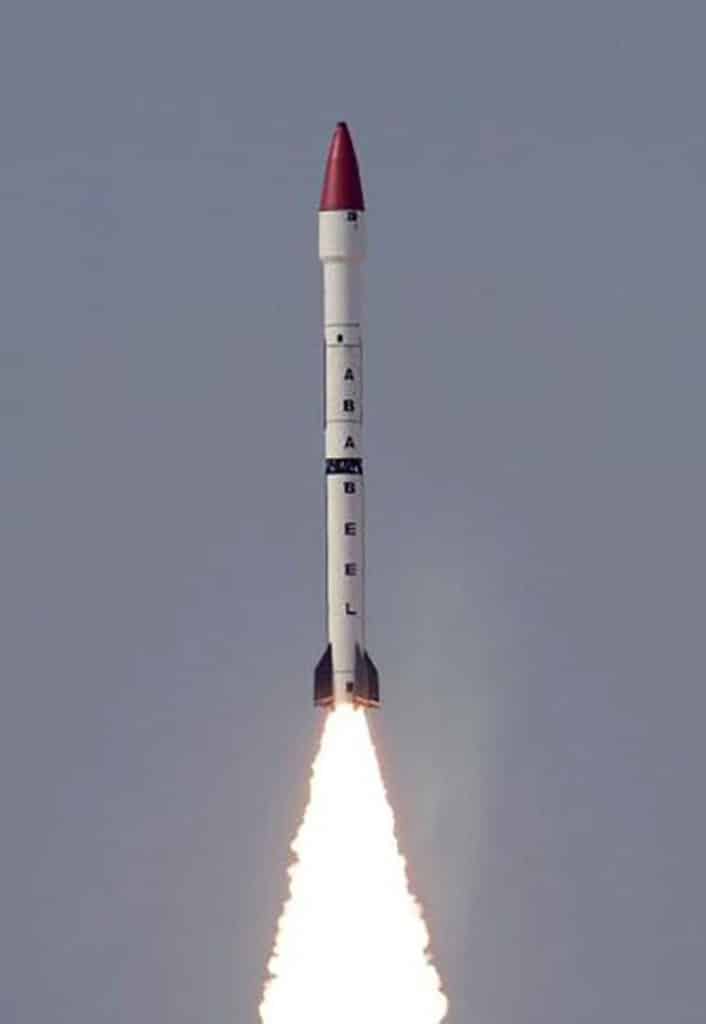
Pakistan recently conducted a test of its Ababeel missile, marking a significant development in its ballistic missile program. However, what has raised eyebrows is the noticeable silence surrounding previous claims that the missile is capable of carrying multiple warheads, known as Multiple Independently Targetable Reentry Vehicles (MIRVs), which can target different locations simultaneously.
The test, as reported by the Inter-Services Public Relations Pakistan (ISPR), was conducted with a focus on revalidating “various design, technical parameters, and performance evaluation of different sub-systems.” The statement clarified that the test’s primary aim was to “strengthen deterrence and enhance strategic stability in the region.” This underscores the significance of Pakistan’s missile program in the context of regional security and its commitment to maintaining a credible deterrent.
Continue readingSOURCE: IDRW.ORG TEAM
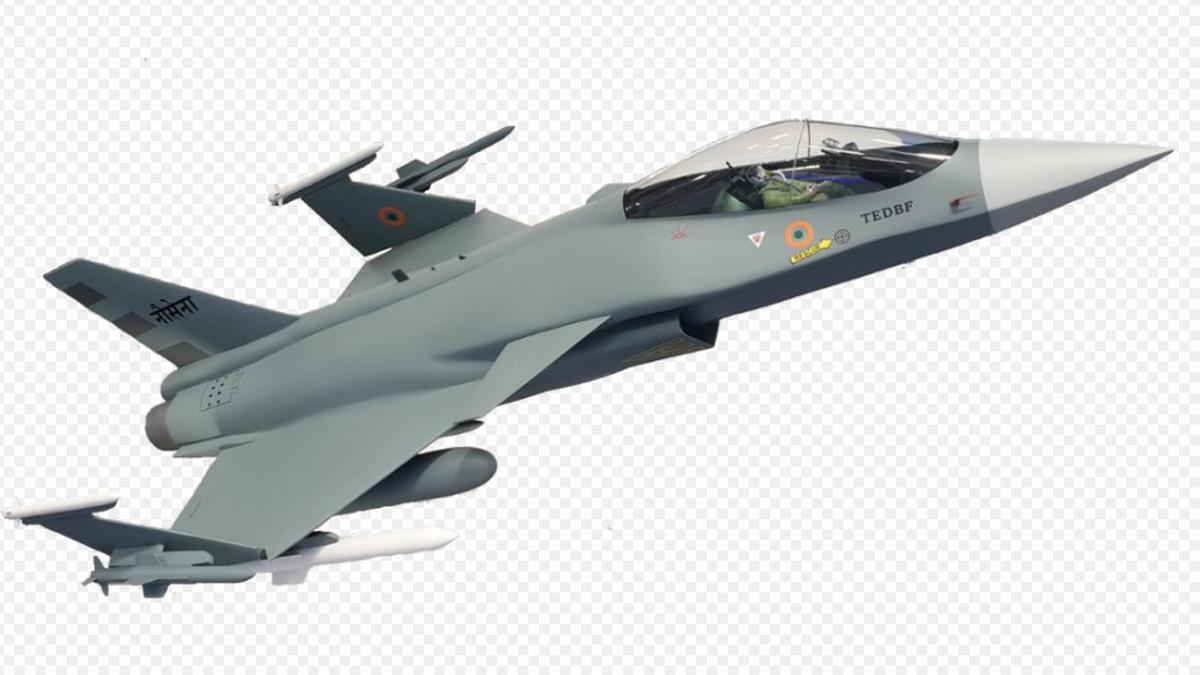
India’s ambitious project to develop a Twin Engine Deck Based Fighter (TEDBF) for aircraft carriers is set to take a significant step forward with private sector participation. According to a recent report in the “Economic Times,” the development and production of the TEDBF will be facilitated through Special Purpose Vehicle (SPV) companies, with private sector ownership taking a majority stake in these entities. This approach mirrors the one adopted for the Advanced Medium Combat Aircraft (AMCA), which is also being developed through an SPV jointly formed by Hindustan Aeronautics Limited (HAL), the Defence Research and Development Organization (DRDO), and private players.
The Cabinet Committee on Security is expected to provide clearance for the TEDBF program by mid-2024. The project received approval in 2020, with the Preliminary Design Review (PDR) slated for completion by early 2024. Subsequently, it is estimated that it will take another 1.5 to 2 years to build the prototype. The first TEDBF prototype is anticipated to make its maiden flight by 2026, with production readiness targeted for 2031. However, some delays, estimated at around 12 months, are expected to affect both of these milestones.
Continue readingSOURCE: IDRW.ORG TEAM
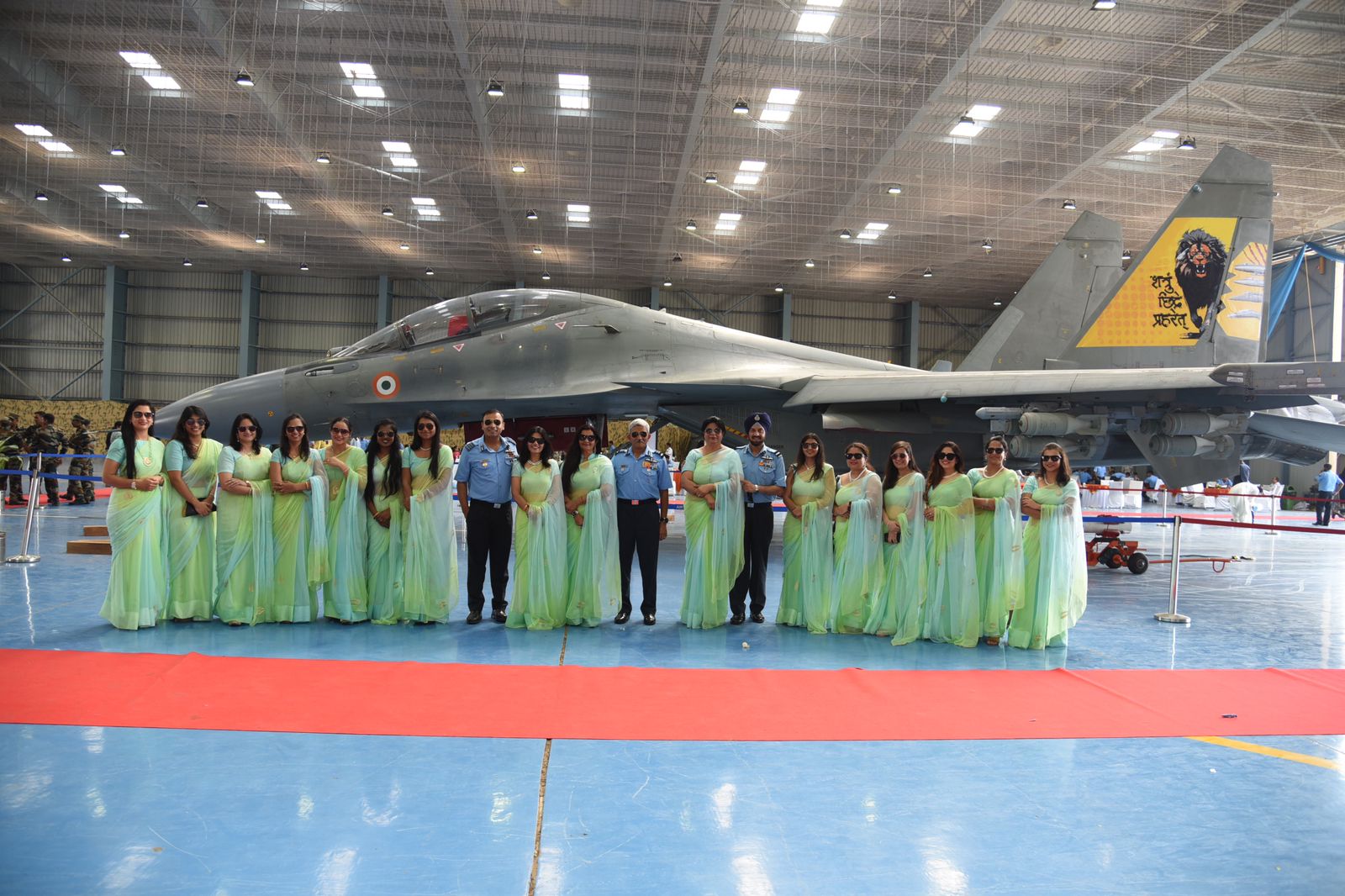
The prestigious No.31 Squadron ‘Lions’ of the Indian Air Force (IAF) commemorated a momentous occasion on the 21st of October 2023, celebrating its illustrious 60 years of service to the nation. The Diamond Jubilee event, held at the Air Force Station Jodhpur, was a testament to the squadron’s exceptional contributions and longstanding legacy in serving the country.
The grand event, graced by Air Marshal SP Dharkar, Air Officer Commanding-in-Chief, Eastern Air Command, and the Commodore Commandant of 31 Squadron, was a vibrant display of the squadron’s rich history and accomplishments. The highlight of the celebration was the unveiling of a striking Su-30MKI adorned with the squadron’s emblem, the Lion, along with the motto “Shatru Chhidrey Prahret” (A Kill with every blow), representing the squadron’s indomitable spirit and dedication.
Continue readingSOURCE: IDRW.ORG TEAM

South Korean defense manufacturer, Poongsan, has announced a groundbreaking development in the field of artillery munitions. Poongsan has introduced an extended-range version of its 155 mm ammunition designed for the Hanwha Land Systems K9 self-propelled howitzer (SPH). With an impressive range of 60 kilometers, this new ammunition offers an extended operational reach, making it a significant advancement in artillery technology.
The key innovation in Poongsan’s 155 mm extended-range ammunition (ERM) lies in its impressive range of 60 kilometers. This remarkable achievement has been made possible by implementing a smaller TNT charge compared to the K307 munition, combined with the utilization of a potent solid-fuel propellant. This combination of reduced explosive content and enhanced propellant has resulted in a substantial increase in the projectile’s effective range.
Continue readingSOURCE: IDRW.ORG TEAM

Pune-based Sagar Defence Engineering has made significant strides in the field of drone technology by developing the Spotter drone, which recently played a pivotal role in tracking the descent of an Indian Navy crew module. The successful deployment of the Spotter drone marked a remarkable achievement in enhancing real-time situational awareness and live tracking capabilities for critical missions.
Sagar Defence Engineering’s Spotter drone is a cutting-edge unmanned aerial vehicle (UAV) designed to offer advanced surveillance and tracking capabilities. This innovative drone was recently employed by the Indian Navy in a mission that involved tracking the descent of a crew module, eventually splashing down in the Bay of Bengal.
Continue readingSOURCE: IDRW.ORG TEAM

The Indian Air Force (IAF) is on a mission to bolster its fleet with 114 fighter jets, and it’s not sparing any effort to expedite the procurement process. In a recent move, the IAF has disclosed its plan to allow some of these jets to be manufactured by the Original Equipment Manufacturers (OEMs) at their facilities before production commences at the designated Indian plant.
The IAF’s aspiration to acquire 114 fighter jets under the Multi-Role Fighter Aircraft (MRFA) tender is gaining momentum. To expedite the process, the IAF is willing to adopt an unconventional approach: allowing the OEMs to produce a portion of the jets at their own facilities. This deviation from the traditional procurement path aims to save time and speed up the induction of these jets into the IAF’s inventory.
Continue readingSOURCE: IDRW.ORG TEAM

India’s quest for self-reliance in aerospace technology and capabilities has reached a new milestone with the development and supply of the F-414 engine test stand by Chennai-based Acoustics India Private Limited. This remarkable achievement showcases India’s growing prowess in the field of aeronautics and its commitment to indigenous development.
The F-414 engine test stand is a critical piece of equipment designed for testing and validating the powerful F-414 engines. This stand is equipped with a control cab, fuel system, and ancillary equipment, all of which are integral components used to perform post-maintenance and repair tests.
Continue readingSOURCE: IDRW.ORG TEAM

Russia’s parliament has initiated the voting process on withdrawing Moscow’s ratification of the Comprehensive Nuclear Test Ban Treaty (CTBT), raising concerns about the future of nuclear disarmament efforts worldwide. The CTBT, established in 1996, prohibits any nuclear weapon test explosion or any other nuclear explosion across the globe. Of the nine nations recognized as possessing nuclear weapons, their stances on the treaty vary.
The Comprehensive Nuclear Test Ban Treaty, a crucial international agreement, aims to prevent nuclear weapon tests and promote disarmament. It has garnered support from several nations, including those with significant nuclear capabilities, and has played a pivotal role in maintaining global peace and security.
Continue reading